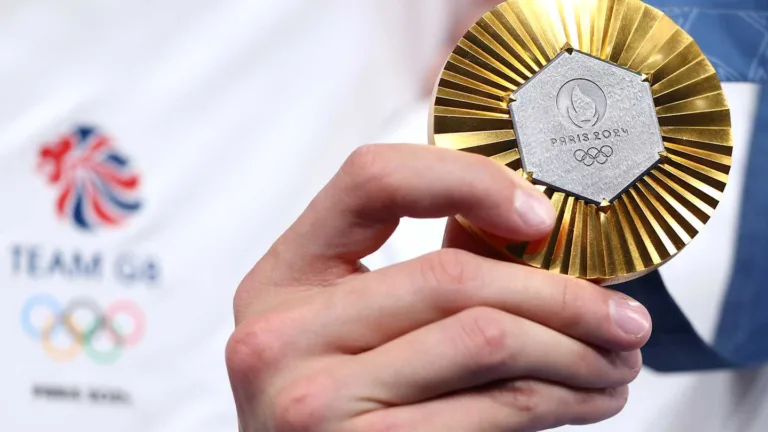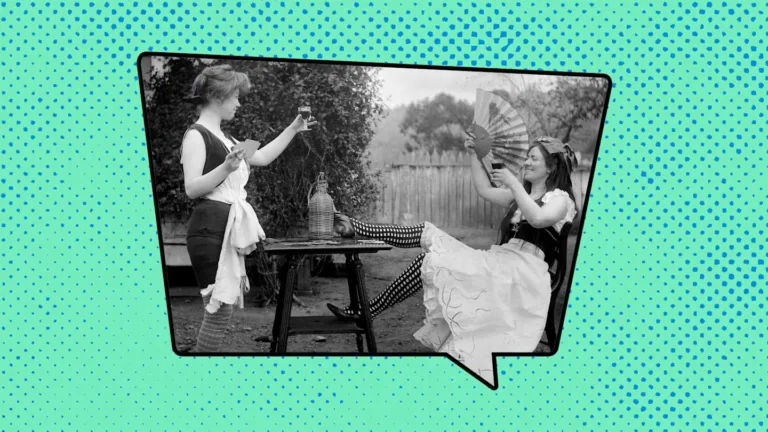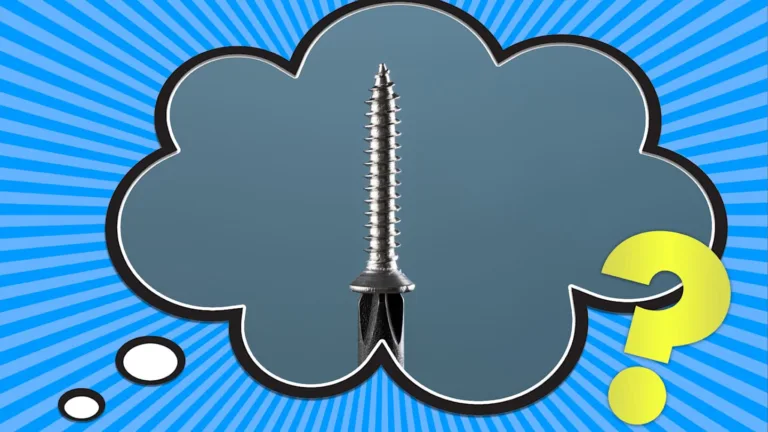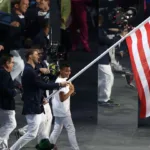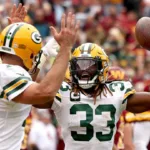The world of motorcycle clubs has always held a certain mystique, often blurring the lines between brotherhood and outlaw activity. This is especially true for groups like the Outlaws Motorcycle Club, whose history is as complex and fascinating as it is controversial. Now, a new film titled “The Bikeriders” promises to shed light on this world, drawing inspiration from Danny Lyon’s groundbreaking photography of The Chicago Outlaws in the 1960s.
While the film takes creative liberties, fictionalizing the story around a club called The Chicago Vandals, it remains deeply rooted in reality. Lyon’s intimate portraits and audio recordings capture the essence of these bikers – Their Camaraderie, Their Struggles, and their gradual descent into a More Dangerous World. The film utilizes Lyon’s work to tell a captivating story About Loyalty, betrayal, and the allure of rebellion, all set against the backdrop of 1960s America.
“The Bikeriders” stars an impressive ensemble cast including Tom Hardy, Austin Butler, Jodie Comer, and Mike Faist, promising a compelling cinematic experience that delves into the heart of outlaw Motorcycle Culture.
The Mccook Outlaws and Their Rise
The story of the Outlaws begins in 1935 with the formation of The Mccook Outlaws Motorcycle Club in Illinois. These early members were drawn together by a shared love of riding and a desire for freedom on the open road. Life after World War Ii saw an explosion in motorcycle clubs across America, fueled by a sense of restlessness and rebellion among young men. The Outlaws, Like Many Other Groups, found themselves caught up in this wave of change.
Their notoriety grew as they carved out their territory in Chicago and beyond. They adopted the name “Outlaws” to reflect their desire to live outside the confines of societal norms. This image was further solidified by Their Distinctive Patches, featuring a black skull with crossed handlebars, which became instantly recognizable within the Motorcycle Club Scene. The Outlaws quickly established themselves as a force to be reckoned with, known for their strong sense of brotherhood and unwavering loyalty.
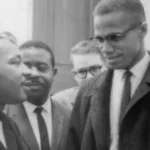 Malcolm X & Martin Luther King Jr.: A Brief Encounter in The Civil Rights Movement
Malcolm X & Martin Luther King Jr.: A Brief Encounter in The Civil Rights MovementTheir rise coincided with an era marked by social upheaval and a Growing Counterculture Movement. The Outlaws, with their rebellious image and disregard for authority, became symbols of this changing world. They embraced the “Live Fast, die young” mentality, often engaging in reckless behavior and Attracting Attention From Law Enforcement. This combination of charisma, danger, and defiance cemented their place in Outlaw Motorcycle Club History.
Danny Lyon’s Photographic Journey
In 1965, photographer Danny Lyon embarked on a journey that would forever change the way we perceive outlaw motorcycle clubs. He joined The Chicago Outlaws, immersing himself in their world to document their lives through his lens. Lyon wasn’T Just Taking Pictures; he was building relationships with these bikers, gaining their trust and understanding their Complex Inner Workings.
His photographs captured not only the outward bravado and rebellious spirit of the Outlaws but also the moments of quiet intimacy, camaraderie, and vulnerability that existed beneath the surface. Lyon’S Work Transcended Mere Documentation; it became a poignant exploration of Human Connection, loyalty, and the search for belonging within a subculture often misunderstood by mainstream society.
Lyon’S Groundbreaking Photobook, published in 1968, provided a raw and unflinching look at the Chicago Outlaws during a pivotal moment in their history. His images served as a powerful testament to the human stories behind the myth of the outlaw biker, forever solidifying his place as a visionary chronicler of American subcultures.
From Camaraderie to Criminal Activity
While the early days of the Outlaws were marked by a strong sense of camaraderie and shared purpose, the club’s trajectory gradually shifted towards more criminal activity.
 Malcolm X & Martin Luther King Jr.: A Brief Encounter in The Civil Rights Movement
Malcolm X & Martin Luther King Jr.: A Brief Encounter in The Civil Rights Movement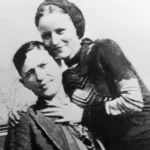 Did Bonnie And Clyde Help The Poor? Outlaw Legacy Explored
Did Bonnie And Clyde Help The Poor? Outlaw Legacy ExploredThe allure of power, money, and control began to influence their actions. They engaged in illegal activities like gambling, Drug Trafficking, and extortion, solidifying their reputation as a dangerous force to be reckoned with. This transformation was fueled by internal conflicts, territorial disputes with rival clubs, and the ever-present pressure to maintain dominance within the outlaw motorcycle scene.
By the 1970s, the Outlaws had become a global phenomenon, expanding their reach far beyond Chicago. Their reputation as an organized crime Syndicate Preceded Them, attracting the attention of law enforcement Agencies Worldwide. The line between brotherhood and criminal Enterprise Blurred, leaving a lasting impact on the outlaw motorcycle club world and shaping public perception of these groups for Years To Come.
Bikeriders: A Fictionalized Account
While “The Bikeriders” draws heavily on Danny Lyon’s work and real-life events surrounding The Chicago Outlaws, it ultimately presents a fictionalized account of this world. The film centers around a club known as The Chicago Vandals, who share many similarities with their real-life counterparts but exist within a narrative crafted for cinematic storytelling.
The filmmakers have taken creative liberties to develop compelling characters and storylines, weaving a tale of romance, betrayal, and the seductive allure of outlaw life. Although based on historical events, “The Bikeriders” should be viewed as a fictional exploration of the complex themes and dynamics that permeate the world of Motorcycle Clubs.
The film’s creators aim to capture the essence of Lyon’s photography while offering a fresh perspective on this often-Misunderstood Subculture. By blurring the lines between fact and fiction, “The Bikeriders” invites audiences to delve into a Captivating World Where Loyalty, danger, and personal sacrifice intertwine.
The Legacy of the Outlaw Motorcycle Gang
The story of the Outlaws and other outlaw motorcycle clubs has left an indelible mark on American culture. They have become symbols of rebellion, freedom, and a life lived outside societal norms. Their image is often romanticized in Popular Media, but it’s essential to remember the complex reality behind this romanticized facade.
The Outlaw Motorcycle Gang lifestyle comes with inherent dangers and risks. Their involvement in criminal activities has Led To Countless Arrests, convictions, and tragic consequences for both individuals and communities. Despite their controversial reputation, outlaw motorcycle clubs continue to exist and evolve, adapting to changing social landscapes and Legal Pressures.
Their enduring presence serves as a reminder of the human need for belonging, purpose, and a sense of identity, even within subcultures that often operate on the fringes of society. Understanding the history and complexities of these groups is crucial for fostering informed perspectives and engaging in meaningful conversations about their place in contemporary culture.




